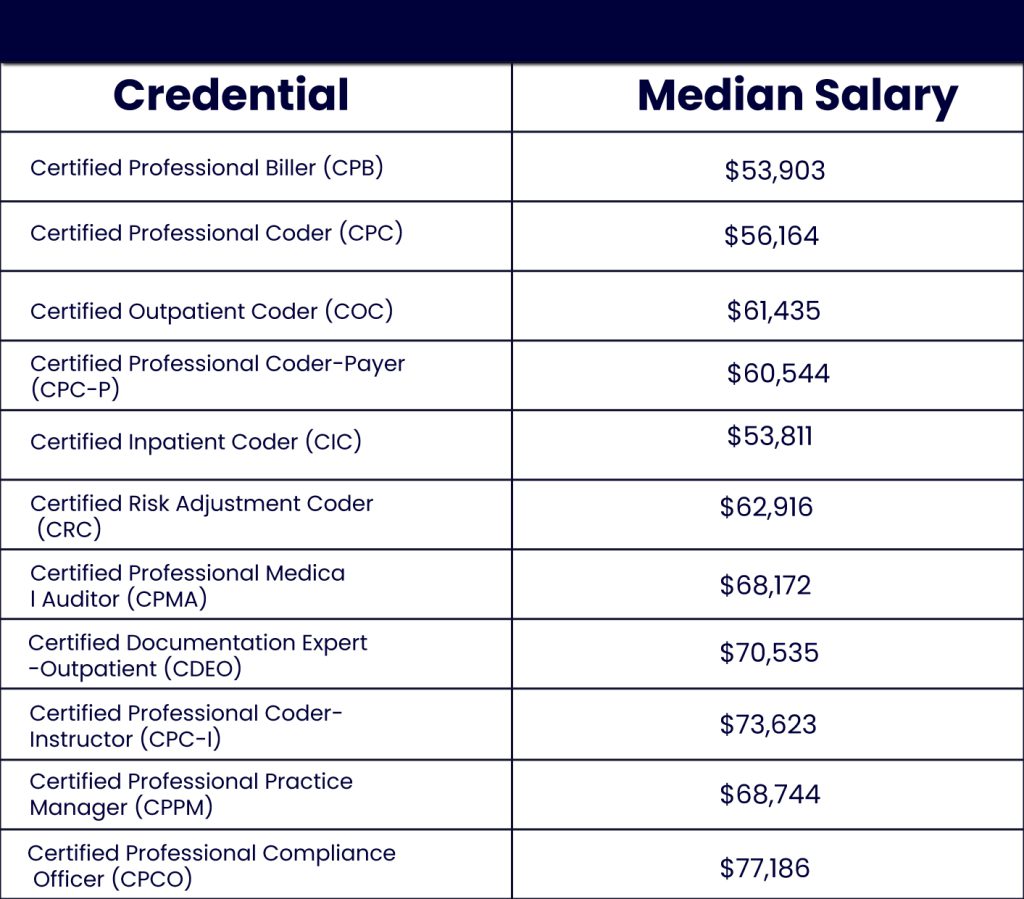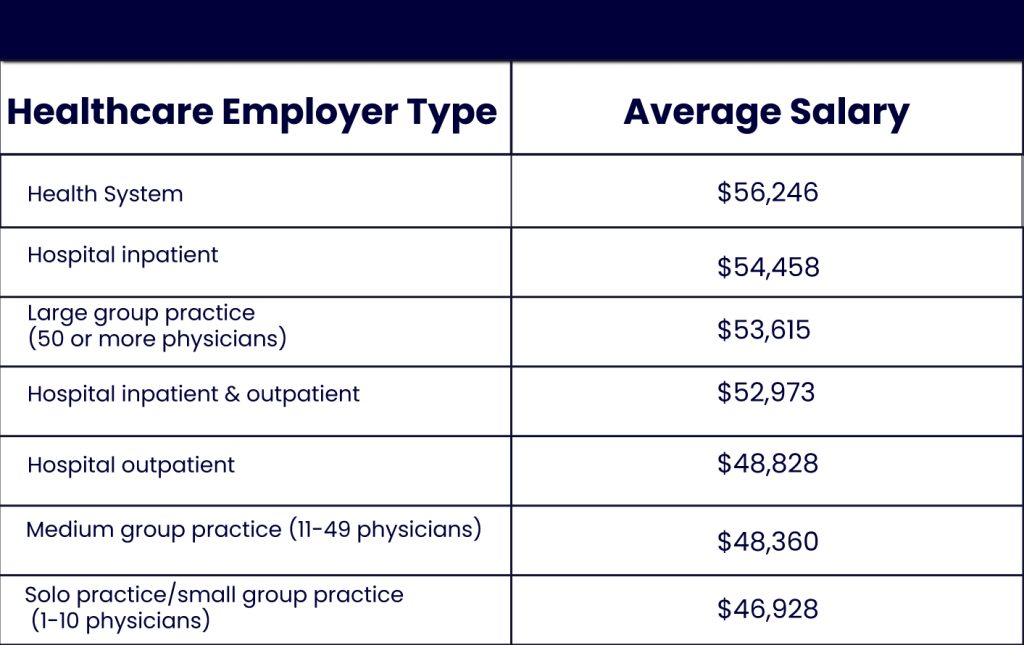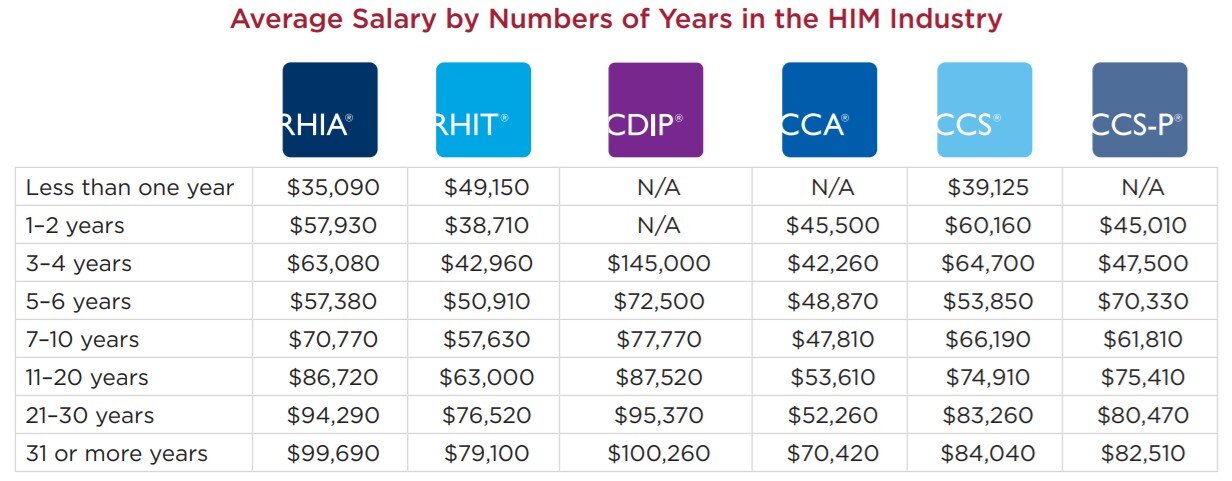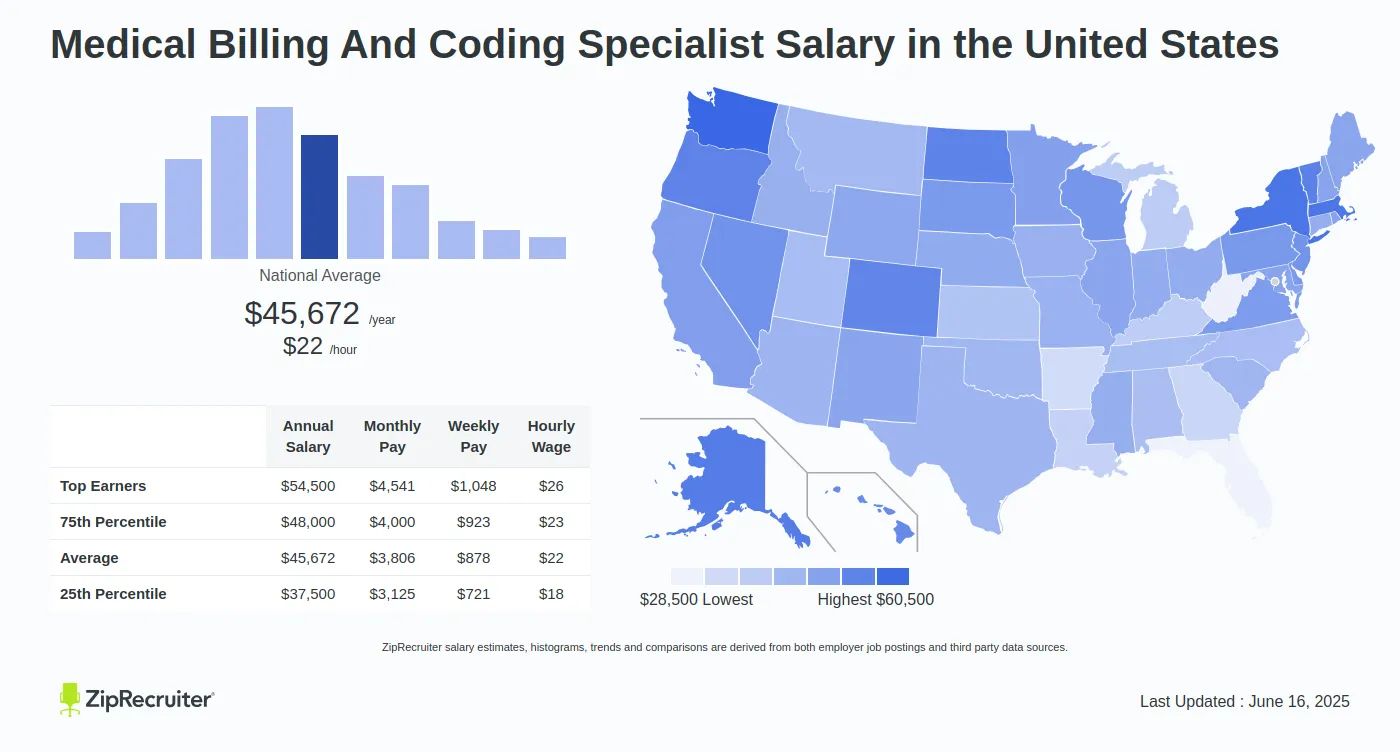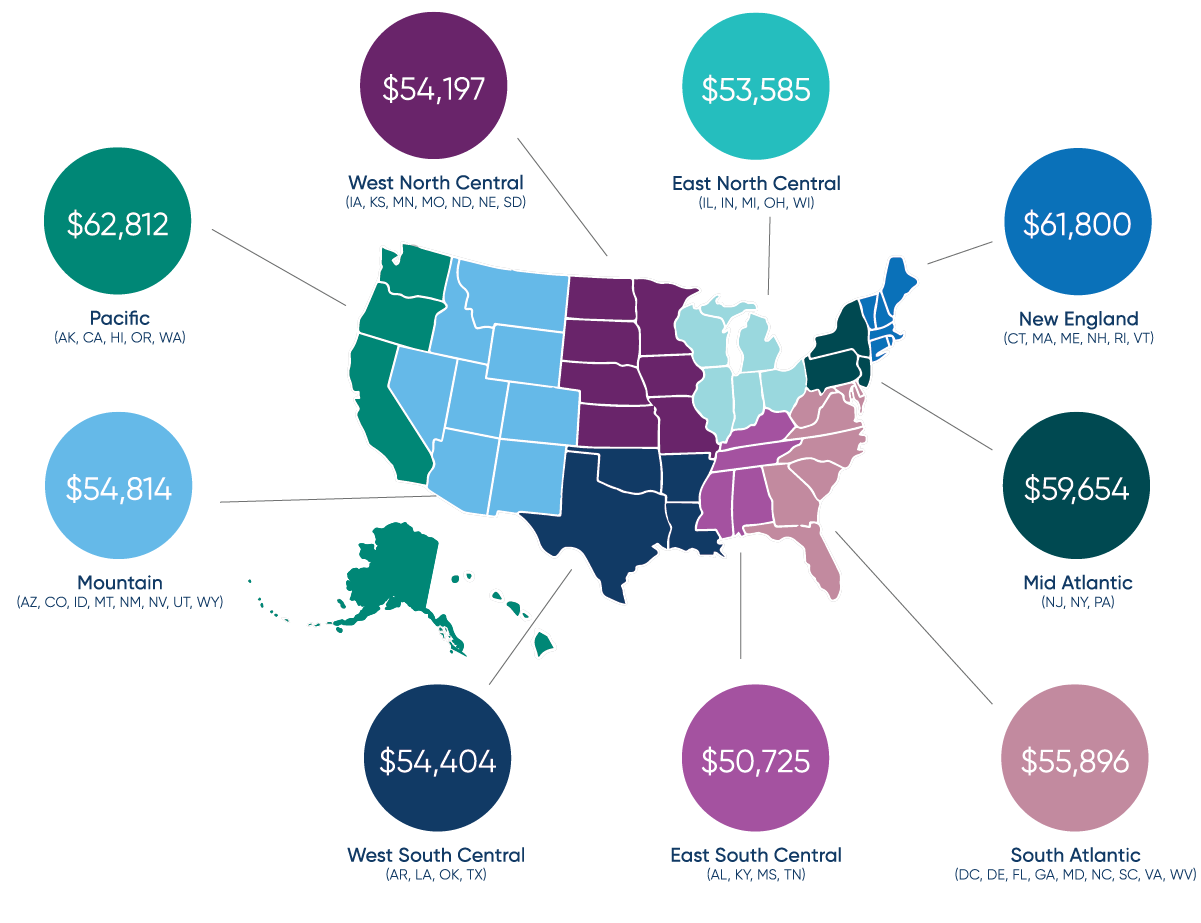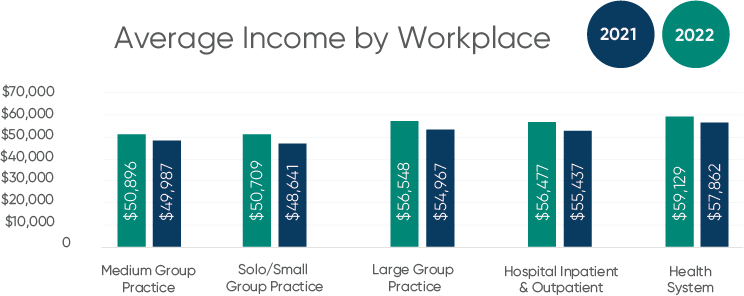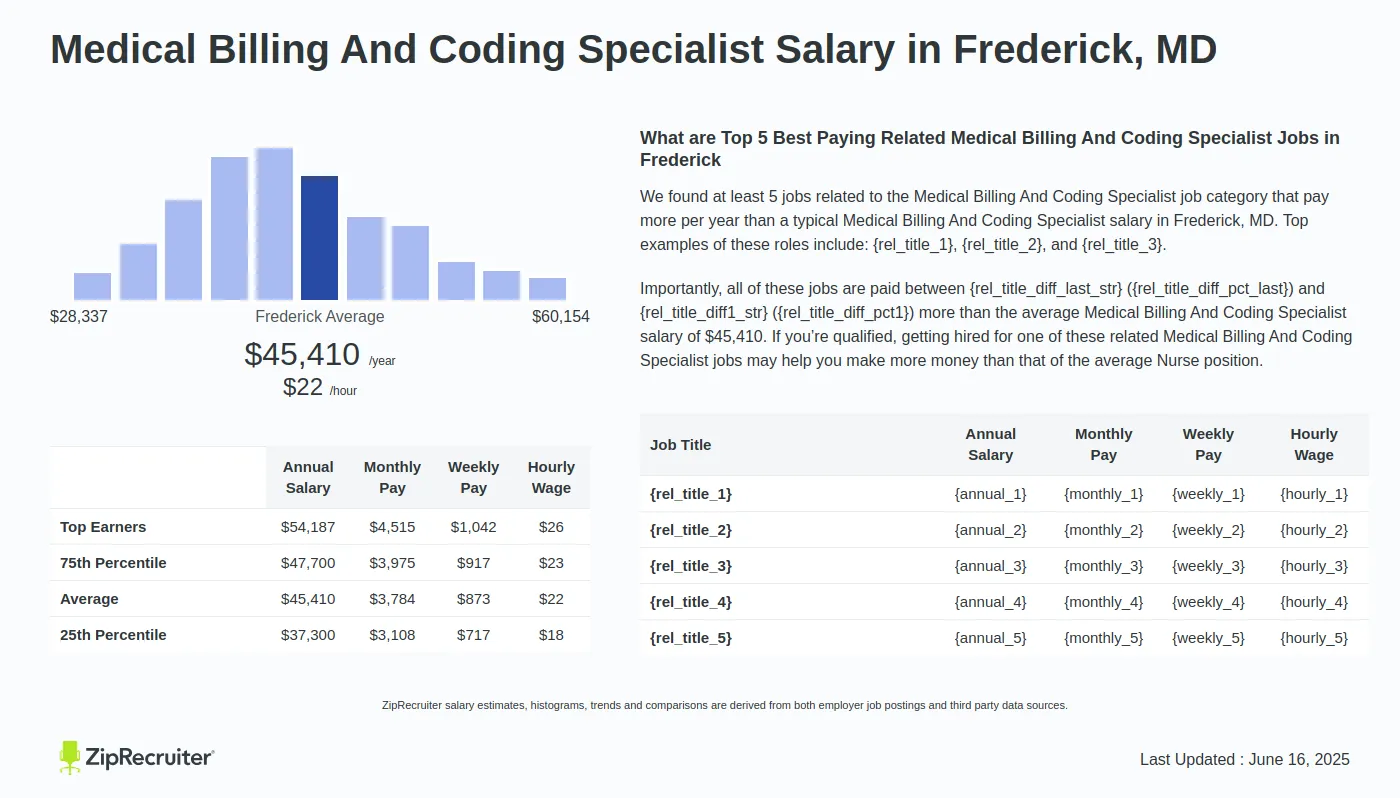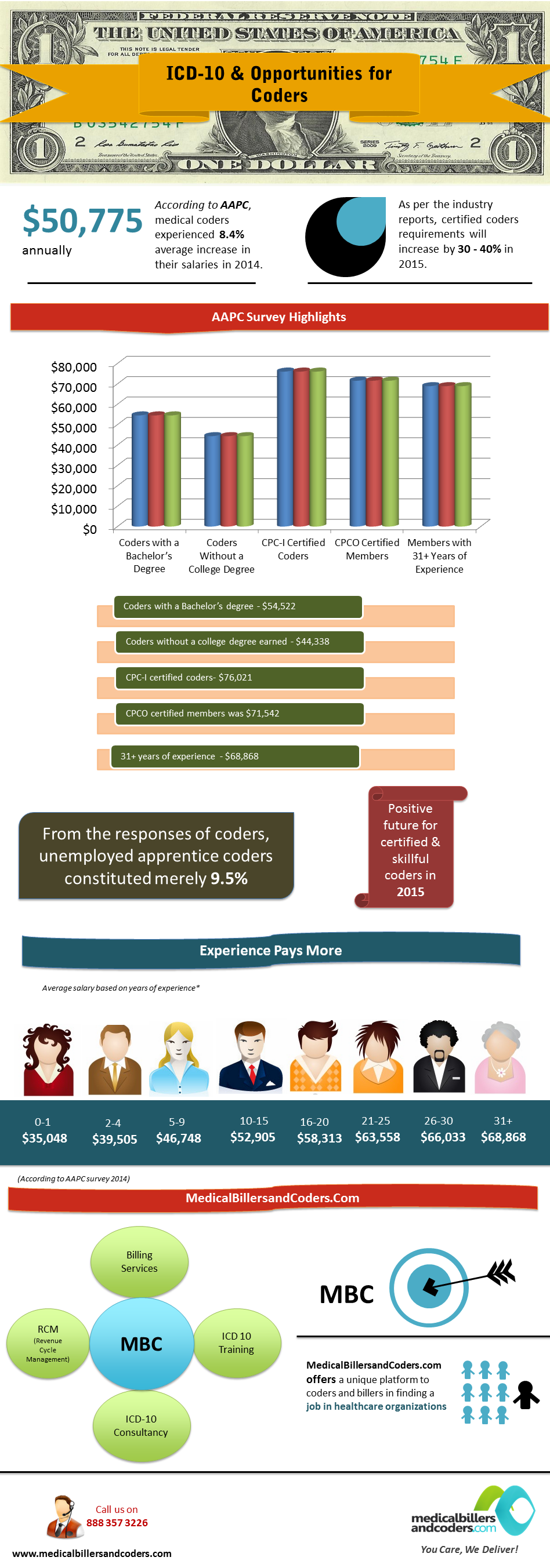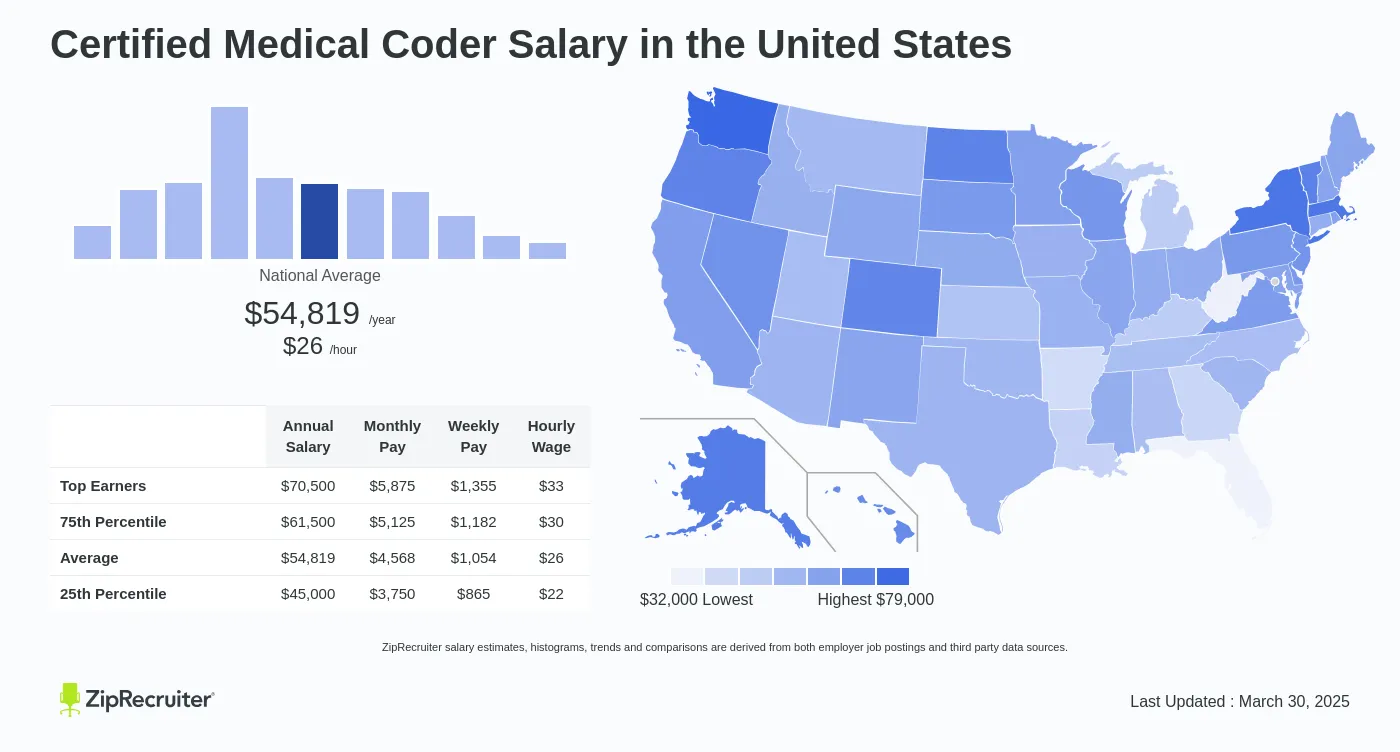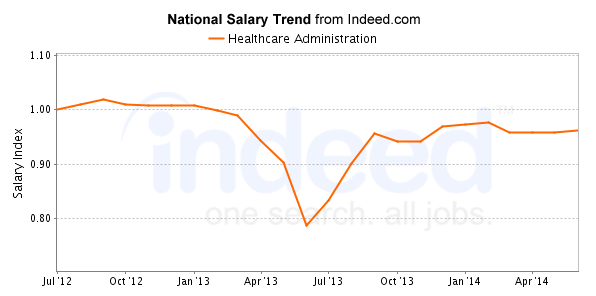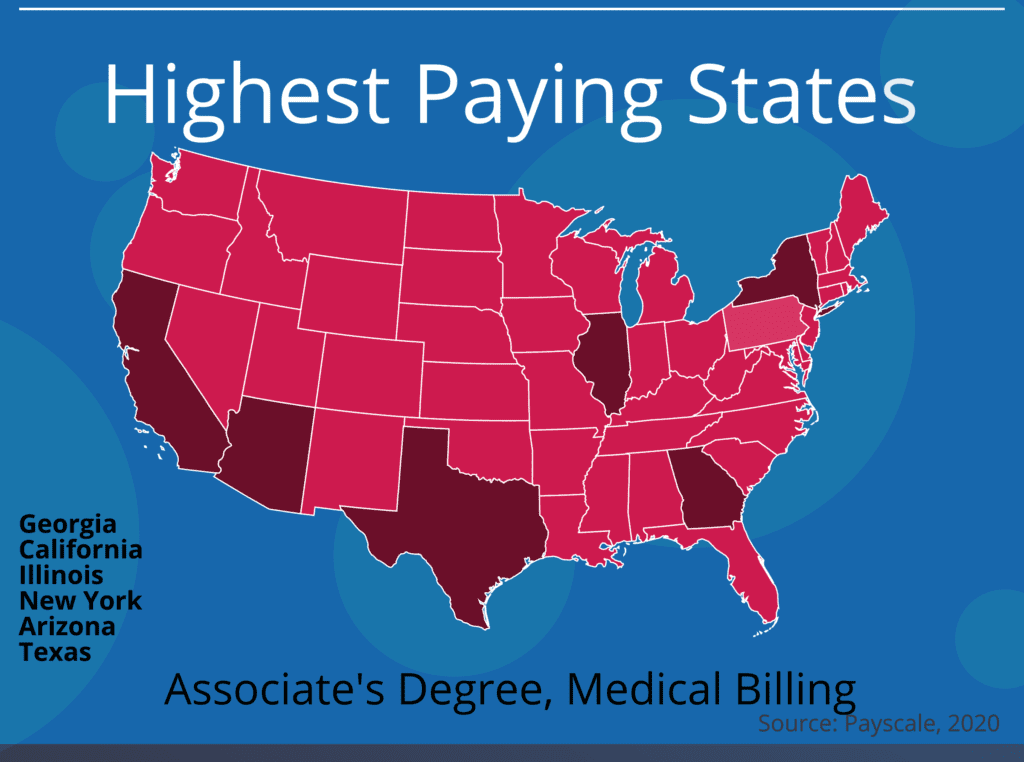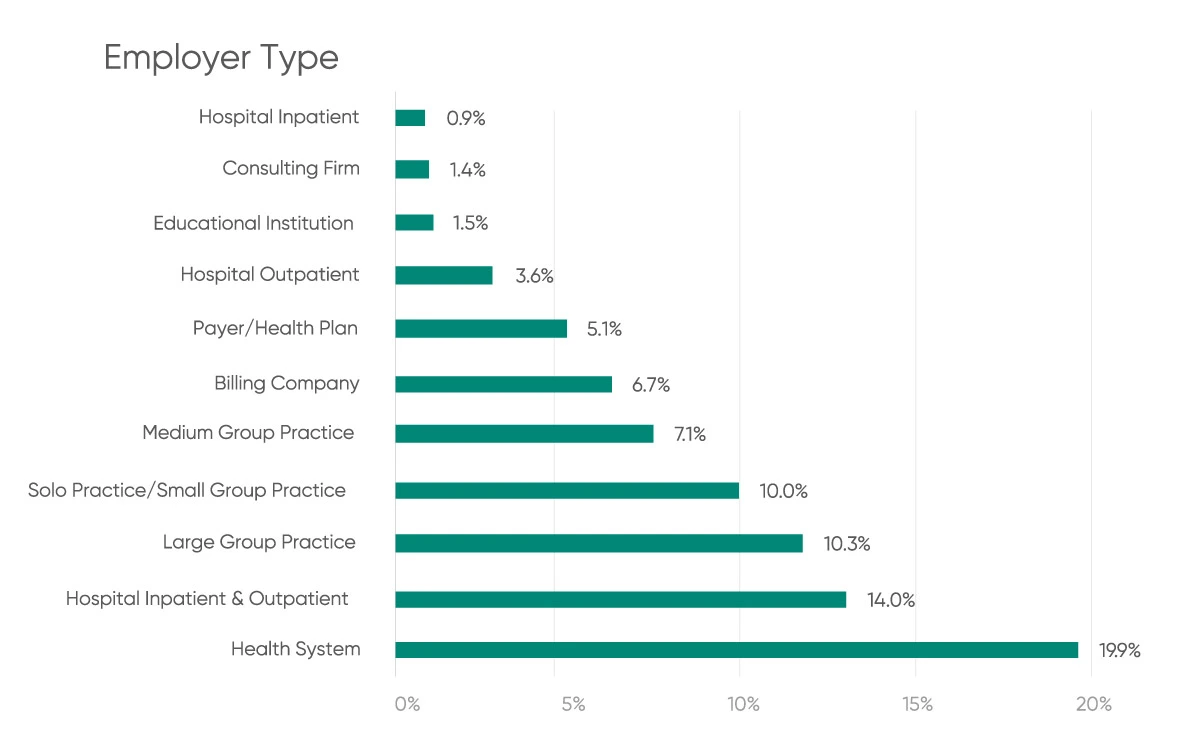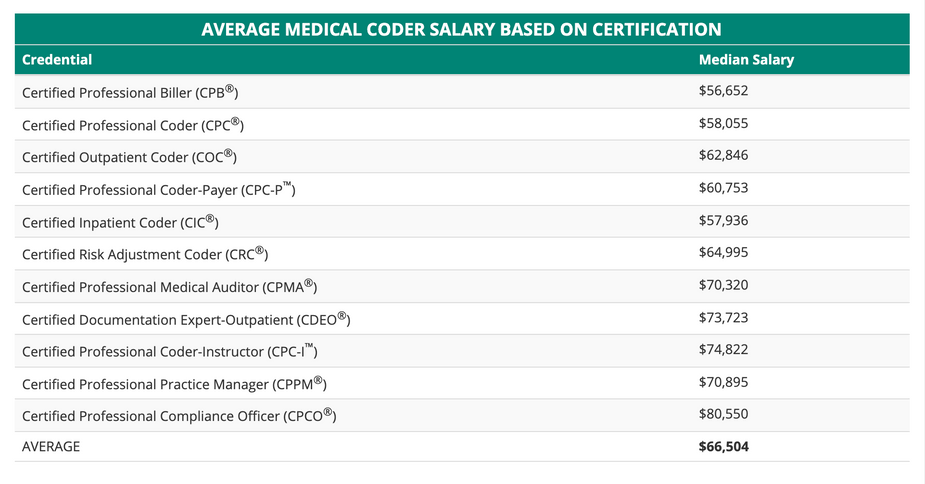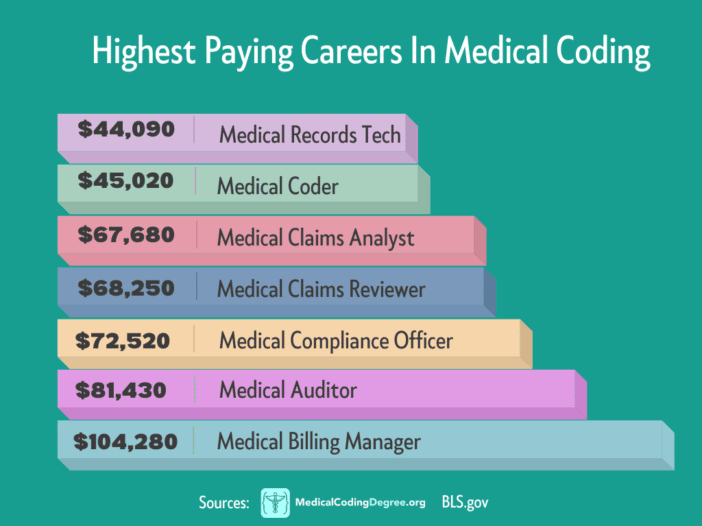Average Hourly Wage For Medical Billing And Coding
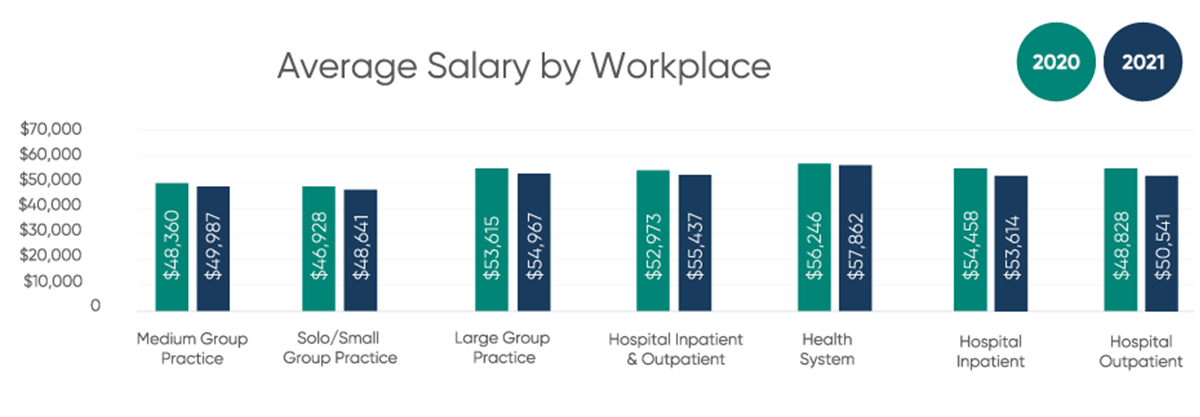
The national average hourly wage for medical billing and coding professionals has seen subtle shifts recently. These changes are influenced by factors such as location, experience, and specialized certifications.
This article breaks down the latest data on medical billing and coding salaries, providing essential insights for those in the field or considering entering it. We will cover key details concerning pay rates, geographic variations, and how qualifications impact earning potential.
Current National Average
As of late 2024, the national average hourly wage for medical billers and coders is around $21 to $24. This figure fluctuates based on a variety of factors.
Data from the Bureau of Labor Statistics (BLS) indicates a median annual salary of approximately $47,180 for medical records specialists, including billers and coders.
Geographic Variations in Pay
Location plays a significant role in determining hourly wages.
States with higher costs of living, such as California and New York, often offer higher average hourly rates, sometimes exceeding $25 per hour. Conversely, states in the Southeast or Midwest may see slightly lower averages, potentially in the $18 to $22 range.
Metropolitan areas tend to offer more competitive salaries compared to rural areas due to increased demand and a higher concentration of healthcare facilities.
Impact of Experience and Certifications
Experience is a critical factor influencing earning potential.
Entry-level positions typically start at the lower end of the wage range, while experienced professionals with several years in the field can command significantly higher salaries.
Holding professional certifications, such as the Certified Professional Coder (CPC) from the American Academy of Professional Coders (AAPC) or the Registered Health Information Technician (RHIT), can boost earning potential.
Specific Certifications and Their Impact
Earning a CPC certification often leads to a higher hourly rate, as it demonstrates proficiency in coding and billing practices. Those with specialized coding skills, such as oncology or cardiology coding, are also in high demand and can earn premium wages.
Advanced certifications like Certified Coding Specialist (CCS) can also increase earning potential.
Job Outlook and Demand
The job outlook for medical billers and coders remains positive.
The BLS projects a steady growth rate in this field, driven by the increasing demand for healthcare services and the need for accurate medical record keeping. This rising demand ensures that qualified professionals can expect stable employment opportunities and competitive wages.
Growth is fueled by regulatory changes and the increasing complexity of healthcare reimbursement processes.
The Role of Education
While a formal degree isn't always required, having an associate's or bachelor's degree in health information technology or a related field can be advantageous.
Employers often prefer candidates with formal education as it provides a solid foundation in medical terminology, coding systems, and billing procedures.
Completing specialized courses or certificate programs can also provide a competitive edge.
Staying Updated
Given the evolving nature of healthcare and coding regulations, it is crucial for professionals to stay updated on the latest industry trends and best practices.
Continuous learning through workshops, seminars, and online courses is essential for maintaining expertise and enhancing career prospects. Regular updates to coding guidelines such as ICD-10 are vital.
Conclusion
The average hourly wage for medical billing and coding reflects a dynamic market influenced by various factors.
Professionals should continuously evaluate their skills, certifications, and location to optimize their earning potential. Monitoring industry reports and participating in professional development activities remain essential steps for career advancement.
